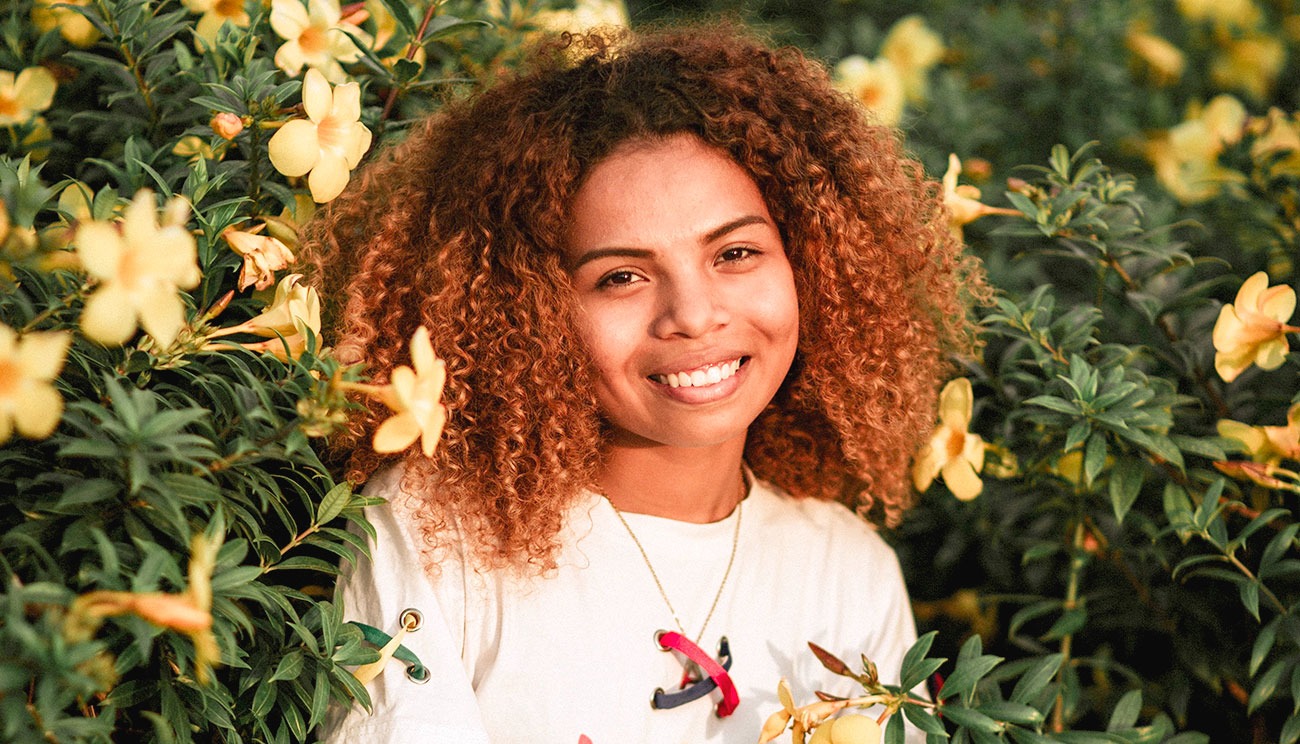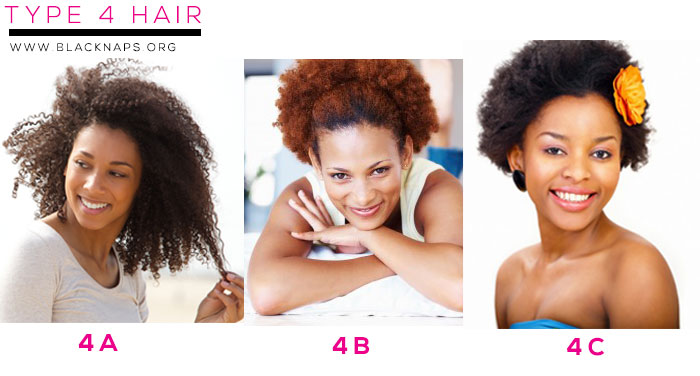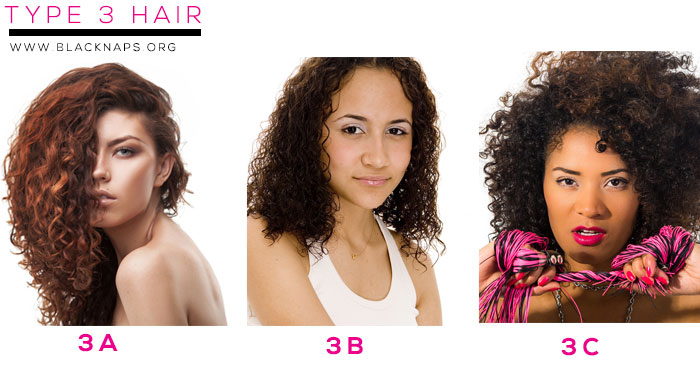Tips for taking care of your natural curls
Loving our curls
Curly hair is way more than a beauty routine. Learning how to care for your unique hair is also about exploring your individuality. Why are there so many different blogs and recommendations online on this subject? Because, there isn’t just one way to take care of or style curly hair. It’s about creating your own definition of beauty and staying focused on what matters. Be happy, and be you.
Learning all the little nuances of natural hair can make life so much easier. Healthy hair is not only one less thing to worry about. It’s what creates fabulous hairstyles. For example, why is my hair so frizzy? Well, frizz mostly comes from the lack of moisture in the hair strands. It makes your styles lose structure.
Hair Care at the Root of Your Routine
Easy maintenance of curly hair is achieved with health at the center of your regimen. Examine what type of hair you have. Knowing the structure of your unique hair will help you select the products that are right for you.
First, identify as close as possible, the type of curls you have. There are 4 types of hair, 1 to 4, with subcategories. Curly hairs usually fall into 4a, 4b, 4c, 3a, 3b, or 3c. You can refer to charts, quizzes and videos online to get to know your own hair type or types. Each type has a different curl pattern. They can be “Z-shaped”, “S” curls or like 4a, tight coils. Here’s a breakdown:
Hair Porosity
Learning types of curl patterns aren’t the only way to healthy curly hair. Did you know there’s a thing called ‘hair porosity’ to be mindful of? There are actually 3 types of porosity: low, medium and high. Knowing them will help you understand your hair care routine better.
The structure at the outer layer of your hair is what determines how porous your hair is. Low porosity means moisture has a hard time penetrating your hair. This is because it has a tight cuticle layer. The cuticles are closed against the shaft allowing less moisture to be absorbed. High porosity allows moisture to travel easily in and out of the gaps in the cuticle of hair. You could have a combination of normal to low porosity or normal to high porosity.
Signs of low porosity include the lack of elasticity and volume. Hair takes a long time to absorb water or conditioners and takes forever to dry. Products just sit on the surface and build up. Low porosity hair will be frizzy because it lacks moisture. If these signs are ringing a bell for you, don’t be scared. Knowing is the beginning of health improvement. Now you can start exploring low porosity products for better absorption!
Now, when it comes to your routine, there are some big do’s and don’ts to talk about. They’re tried and true.
Do’s and Don’ts of Curly Hair Care
Throw away the brush!!
Seriously. Don’t do this to yourself or to your kids! If there is any kind of curl to the hair, do.not.ever. brush it. COMB the hair while wet only. First, apply a moisturizer like a leave-in conditioner throughout the wet hair. Then, use a wide tooth comb. Combing GENTLY is the best way to prevent unnecessary pull to the roots, preventing breakage and hair loss.
CONDITION, CONDITION, CONDITION
Conditioning can actually be the most fun part of your hair care routine. The results are so silky soft. It’ll make your hair smile from the inside.
You have so many options. Where to begin the fun journey of conditioning? We recommend you buy a leave-in, a regular wash-out type to use in the shower, and a deep conditioner. Feel free to experiment with brands, and we’ll recommend a few, but continue to use all three types.
For in the shower conditioner, lather damp hair with this in the shower and comb out gently with your fingers and then a wide toothed shower comb. Rinse mostly all of it out. Then, lather in your leave-in conditioner. Do not rinse this one out.
Deep conditioners should be used either once a month, bi-weekly, or even weekly. Don’t take the directions on the back of your deep conditioner as law. Frequency is determined by hair type, other products you use, and even the weather. The best thing to do would be to ask your barbershop professional to advise how often you should deep condition.
Find an oil that works for you
There is a layered technique you may have heard of called the LCO method. Basically, it means Liquid-Conditioner-Oil. It works like this. Wet your hair and use a conditioner in the shower. You can even put your leave-in conditioner on. Then, apply castor oil or almond oil while still wet to lock in moisture! Here is a list of the Top 10 Rated Hair Oils on Amazon
Learn simple and protective hairstyles
Especially for babies and young children with curly hair, it’s important to take precautions while sleeping, swimming, and sweating. These are the times when hair gets out of control and you have to start all over with detangling and styling. Find a barbershop and stylist who can frequently do french braids or corn rows for you. This is a great way to learn how to properly moisturize while braiding each strand. Maybe you can take over and do it yourself soon!
Note: You can also use a hair cap or cloth to wrap hair during these times for extra protection.
Do not overwash!
If you haven’t noticed, the main theme we’re getting at is moisturize and keep moisturizing. Simply put, don’t wash your hair so often that it becomes dry and brittle. We recommend once a week. When you do wash, use a nourishing shampoo.
Make a refresh spray
Remember the LCO method? Try putting a bit of all three in a basic spray bottle from the store. It’s a great trick to refresh hairstyles every day. It’ll control frizz, redefine curls and prevent knots.




Get Social